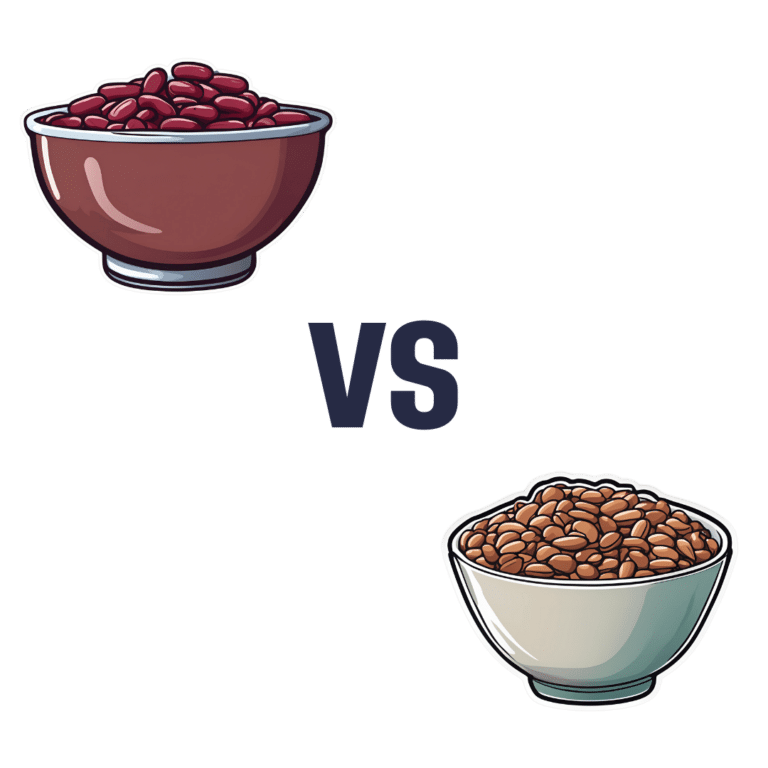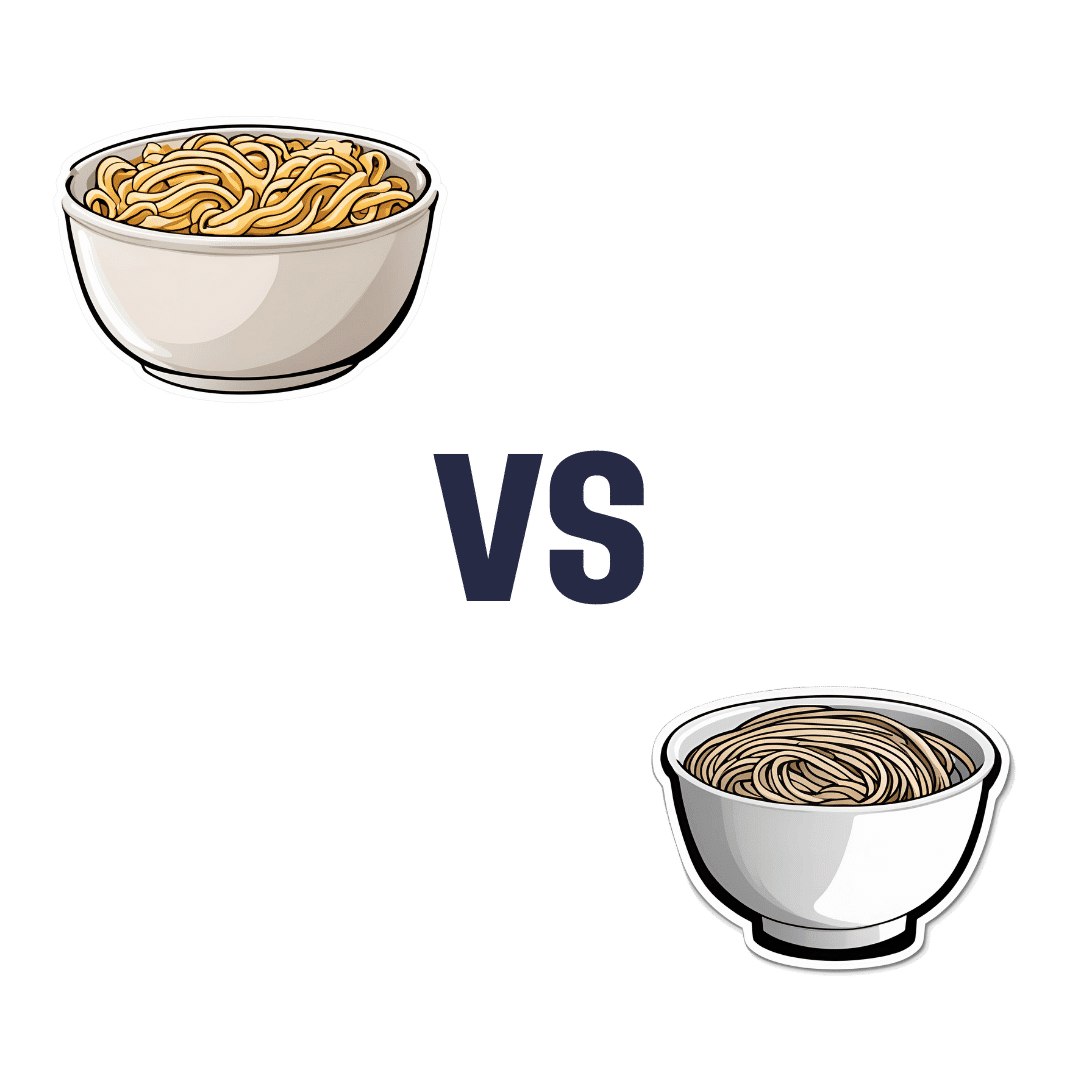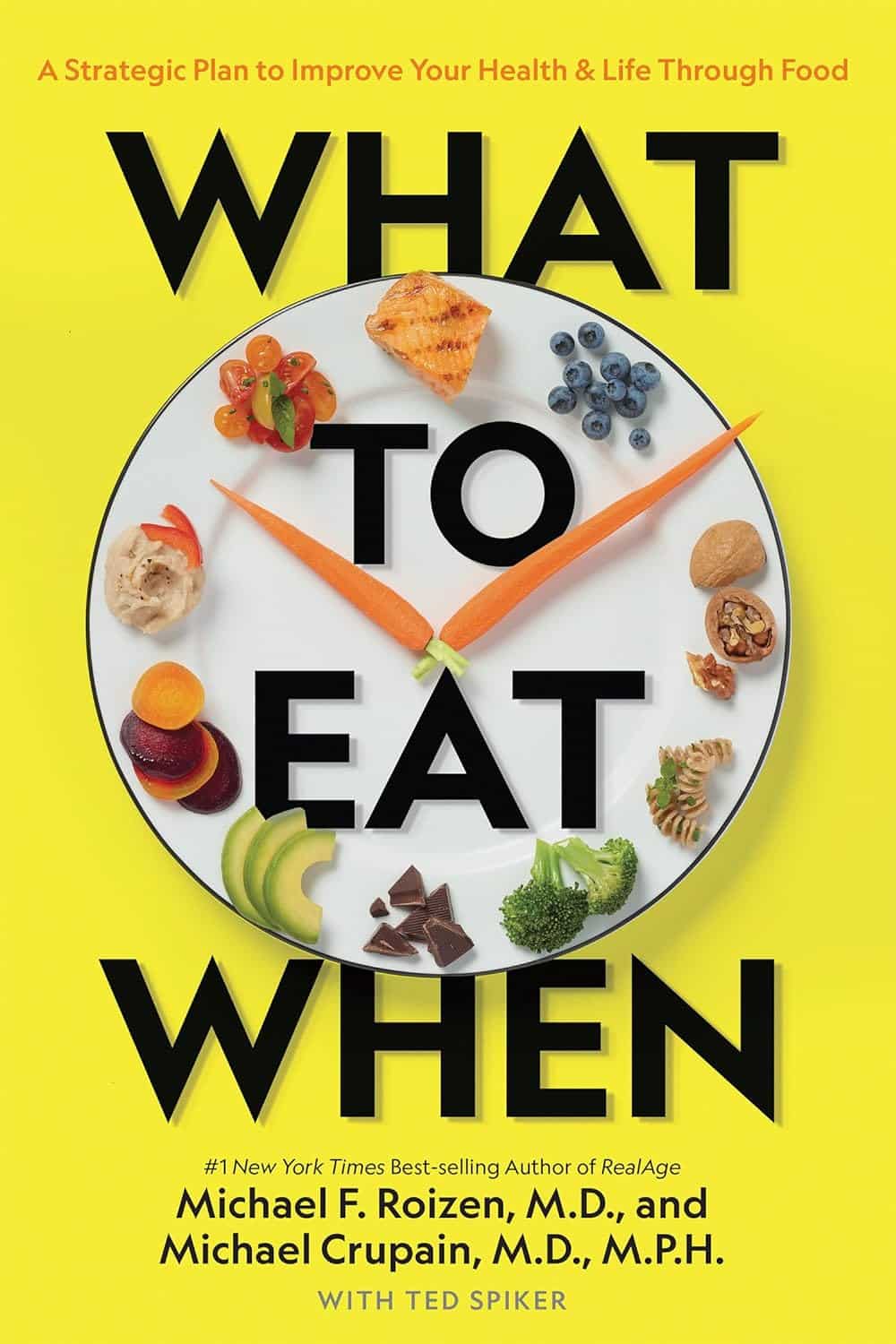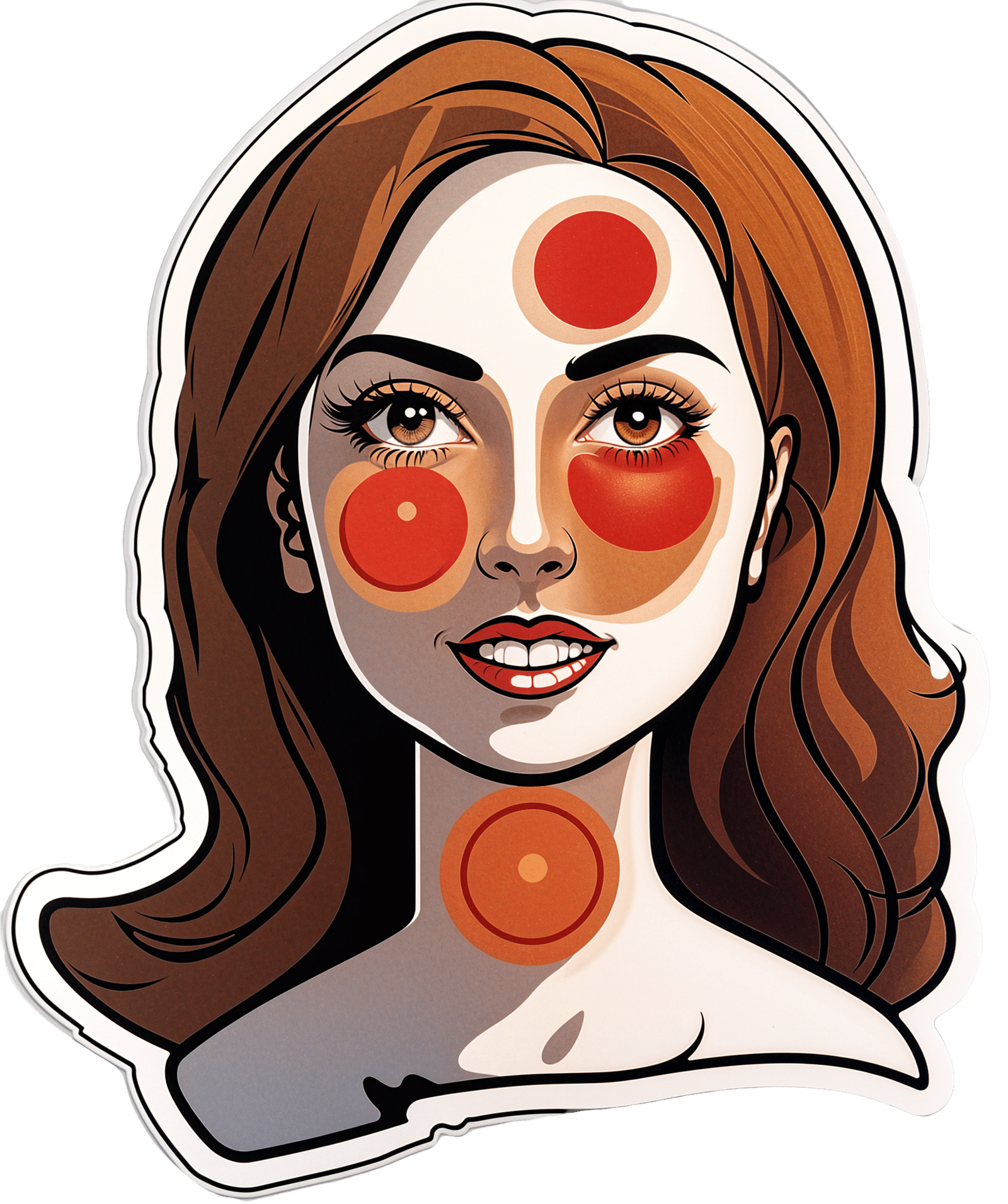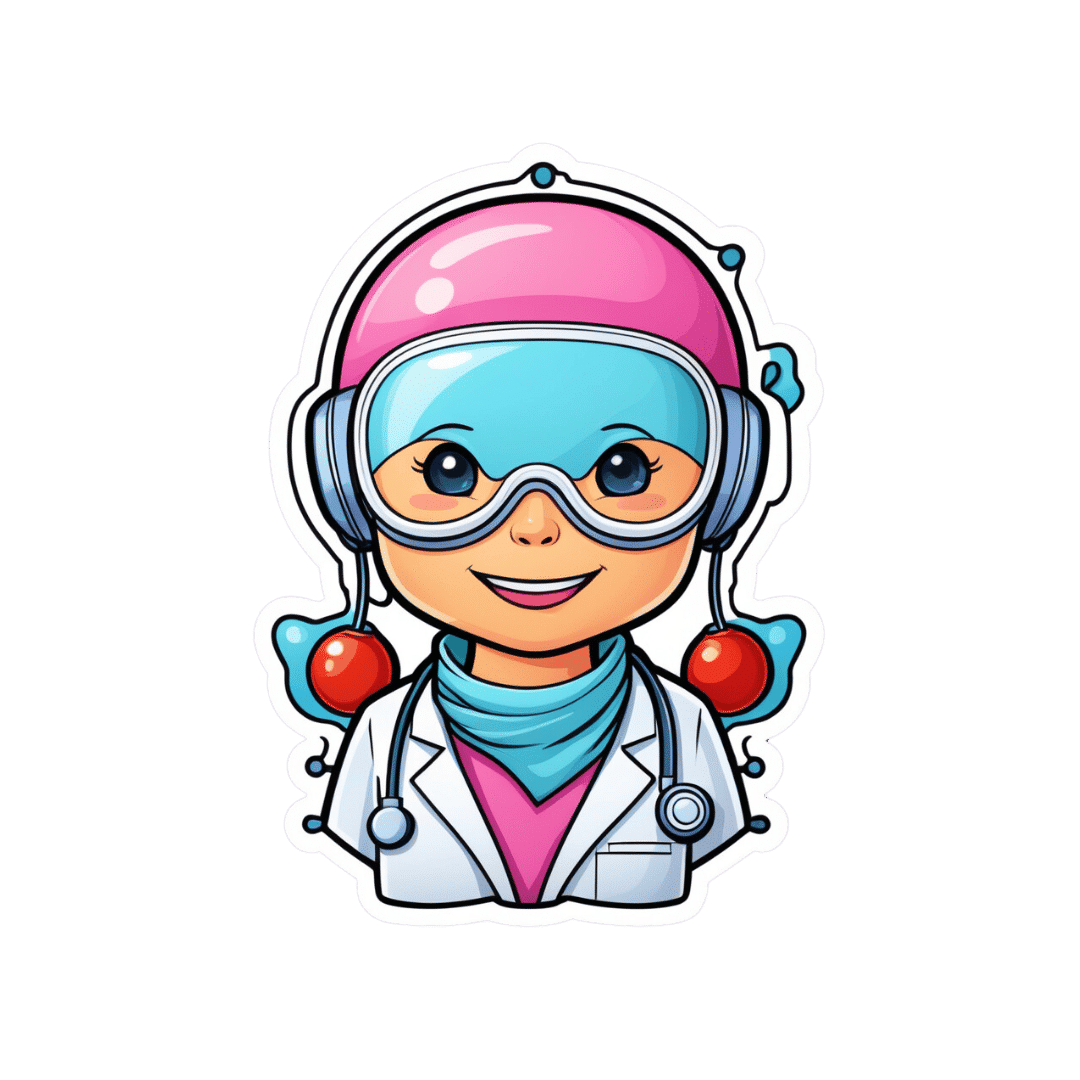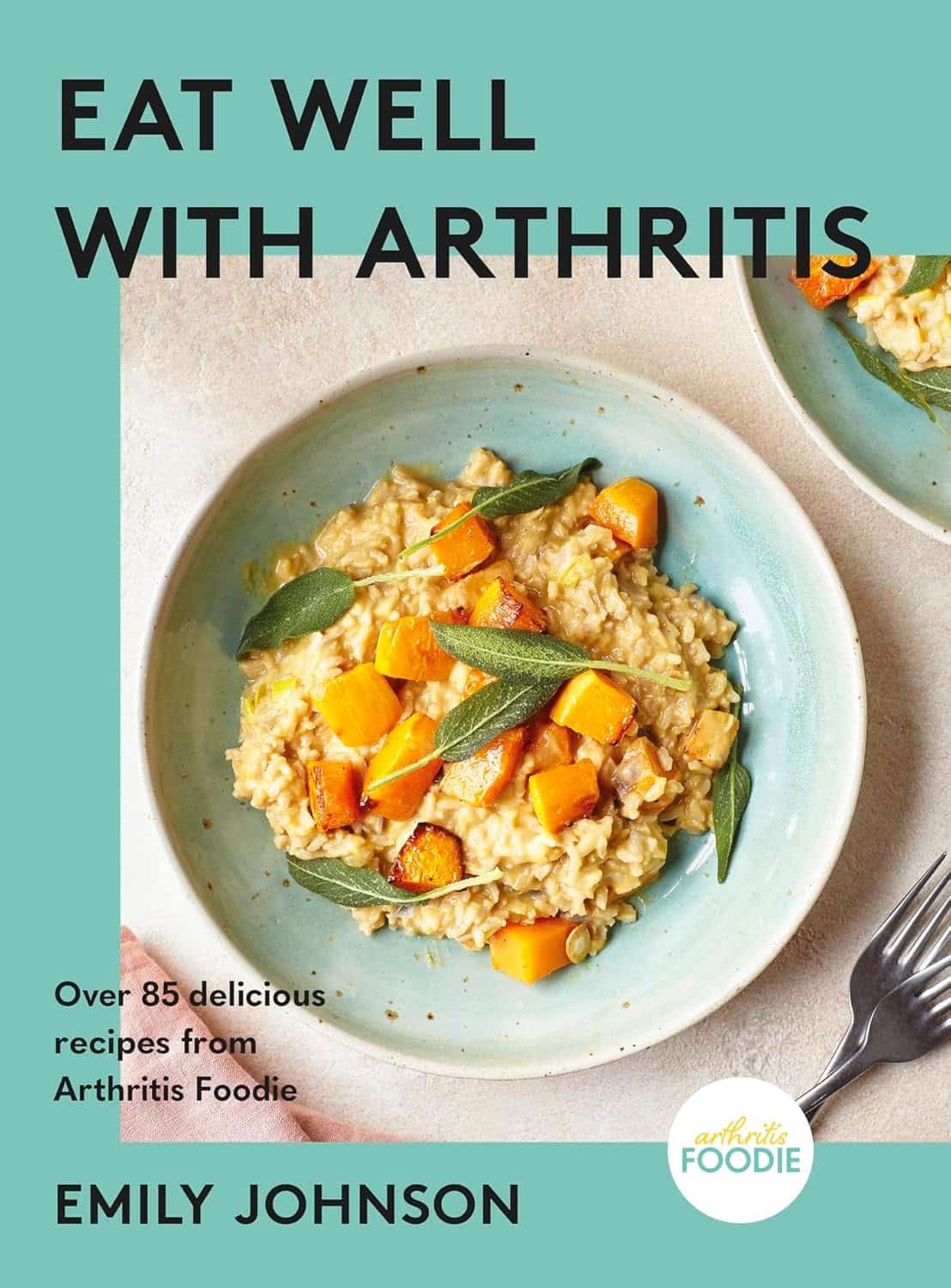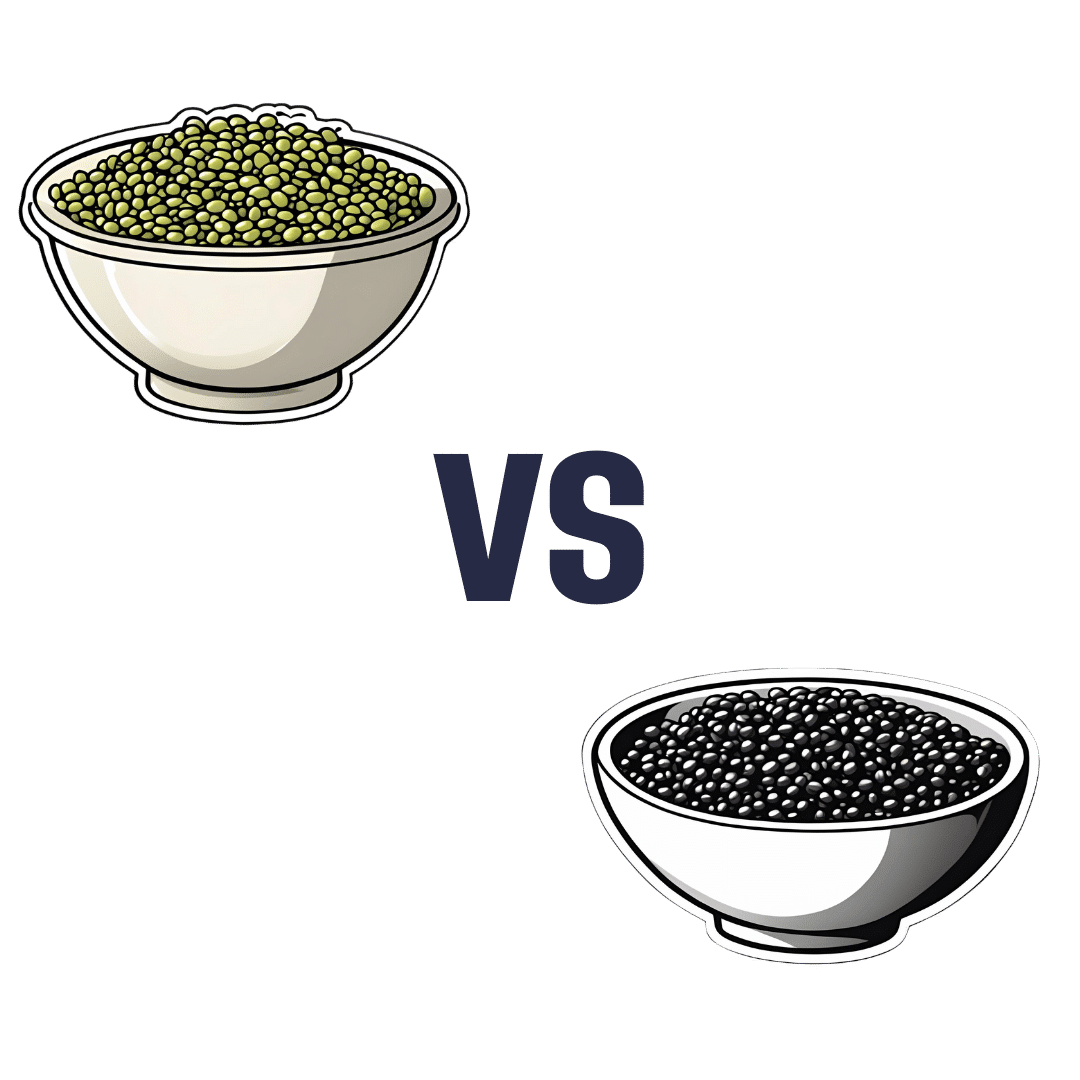
Mung Beans vs Black Gram – Which is Healthier?
10almonds is reader-supported. We may, at no cost to you, receive a portion of sales if you purchase a product through a link in this article.
Our Verdict
When comparing mung beans to black gram, we picked the black gram.
Why?
Both are great, and it was close!
In terms of macros, the main difference is that mung beans have slightly more fiber, while black gram has slightly more protein. So, it comes down to which we prioritize out of those two, and we’re going to call it fiber and thus hand the win in this category to mung beans—but it’s very close in either case.
In the category of vitamins, mung beans have more of vitamins B1, B6, and B9, while black gram has more of vitamins A, B2, B3, and B5. They’re equal on vitamins C, E, K, and choline. So, a marginal victory by the numbers for black gram here.
When it comes to minerals, mung beans have more copper and potassium, while black gram has more calcium, iron, magnesium, manganese, and phosphorus. They’re equal on selenium and zinc. Another win for black gram.
Adding up the sections makes for an overall win for black gram, but by all means enjoy either or both; diversity is good!
Want to learn more?
You might like to read:
What’s Your Plant Diversity Score?
Enjoy!
Don’t Forget…
Did you arrive here from our newsletter? Don’t forget to return to the email to continue learning!
Recommended
Learn to Age Gracefully
Join the 98k+ American women taking control of their health & aging with our 100% free (and fun!) daily emails:
-
Egg Noodles vs Soba Noodles – Which is Healthier?
10almonds is reader-supported. We may, at no cost to you, receive a portion of sales if you purchase a product through a link in this article.
Our Verdict
When comparing egg noodles to soba noodles, we picked the soba.
Why?
First of all, for any unfamiliar, soba noodles are made with buckwheat. Buckwheat, for any unfamiliar, is not wheat and does not contain gluten; it’s just the name of a flowering plant that gets used as though a grain, even though it’s technically not.
In terms of macros, egg noodles have slightly more protein 2x the fat (of which, some cholesterol) while soba noodles have very slightly more carbs and 3x the fiber (and, being plant-based, no cholesterol). Given that the carbs are almost equal, it’s a case of which do we care about more: slightly more protein, or 3x the fiber? We’re going with 3x the fiber, and so are calling this category a win for soba.
In the category of vitamins, egg noodles have more of vitamins A, B12, C, D, E, K, and choline, while soba noodles have more of vitamins B1, B2, B3, B5, B6, and B9. That’s a 6:6 tie. One could argue that egg noodles’ vitamins are the ones more likely to be a deficiency in people, but on the other hand, soba noodles’ vitamins have the greater margins of difference. So, still a tie.
When it comes to minerals, egg noodles have more calcium and selenium, while soba noodles have more copper, iron, magnesium, manganese, phosphorus, potassium, and zinc. So, this one’s not close; it’s an easy win for soba noodles.
Adding up the sections makes for a clear win for soba noodles, but by all means, enjoy moderate portions of either or both (unless you are vegan or allergic to eggs, in which case, skip the egg noodles and just enjoy the soba!).
Want to learn more?
You might like to read:
Egg Noodles vs Rice Noodles – Which is Healthier?
Take care!
Share This Post
-
What to Eat When – by Drs. Michael Roizen and Michael Crupain
10almonds is reader-supported. We may, at no cost to you, receive a portion of sales if you purchase a product through a link in this article.
Here at 10almonds, we cover a lot of the “what to eat”, but tend to only sometimes touch on the “when”—and indeed, this is a reflection of a popular focus. But what if we were to pay a little more attention to that “when”; what would it get us?
According to Drs. Roizen and Crupain… Quite a bit!
In this work, they take into account the various factors affecting the benefit (or harm!) of what we eat when:
- in the context of our circadian rhythm
- in the context of our insulin responses
- in the context of intermittent fasting
The style throughout is very focused on practical actionable advice. For example, amongst other lifestyle-adjustment suggestions, the authors make the case for front-loading various kinds of food earlier in the day, and eating more attentively and mindfully when we do eat.
They also offer a lot of “quick tips” of the kind we love here at 10almonds! Ranging from “how about this breakfast idea” to “roasting chickpeas like this makes a great snack” to “this dessert is three healthy foods disguised as a sundae”
All in all, if you’d like a stack of small tweaks that can add up to a big difference in your overall health, this is a book for you.
Share This Post
-
Red Light, Go!
10almonds is reader-supported. We may, at no cost to you, receive a portion of sales if you purchase a product through a link in this article.
Casting Yourself In A Healthier Light
In Tuesday’s newsletter, we asked you for your opinion of red light therapy (henceforth: RLT), and got the above-depicted, below-described, set of responses:
- About 51% said “I have no idea whether light therapy works or not”
- About 24% said “Red light therapy is a valuable skin rejuvenation therapy”
- About 23% said “I have not previously heard of red light therapy”
- One (1) person said: “Red light therapy is a scam to sell shiny gadgets”
A number of subscribers wrote with personal anecdotes of using red light therapy to beneficial effect, for example:
❝My husband used red light therapy after surgery on his hand. It did seem to speed healing of the incision and there is very minimal scarring. I would like to know if the red light really helped or if he was just lucky❞
~ 10almonds subscriber
And one wrote to report having observed mixed results amongst friends, per:
❝Some people it works, others I’ve seen it breaks them out❞
~ 10almonds subscriber
So, what does the science say?
RLT rejuvenates skin, insofar as it reduces wrinkles and fine lines: True or False?
True! This one’s pretty clear-cut, so we’ll just give one example study of many, which found:
❝The treated subjects experienced significantly improved skin complexion and skin feeling, profilometrically assessed skin roughness, and ultrasonographically measured collagen density.
The blinded clinical evaluation of photographs confirmed significant improvement in the intervention groups compared with the control❞
~ Dr. Alexander Wunsch & Dr. Karsten Matuschka
RLT helps speed up healing of wounds: True or False?
True! There is less science for this than the above claim, but the studies that have been done are quite compelling, for example this NASA technology study found that…
❝LED produced improvement of greater than 40% in musculoskeletal training injuries in Navy SEAL team members, and decreased wound healing time in crew members aboard a U.S. Naval submarine.❞
Read more: Effect of NASA light-emitting diode irradiation on wound healing
RLT’s benefits are only skin-deep: True or False?
False, probably, but we’d love to see more science for this, to be sure.
However, it does look like wavelengths in the near-infrared spectrum reduce the abnormal tau protein and neurofibrillary tangles associated with Alzheimer’s disease, resulting in increased blood flow to the brain, and a decrease in neuroinflammation:
Therapeutic Potential of Photobiomodulation In Alzheimer’s Disease: A Systematic Review
Would you like to try RLT for yourself?
There are some contraindications, for example:
- if you have photosensitivity (for obvious reasons)
- if you have Lupus (mostly because of the above)
- if you have hyperthyroidism (because if you use RLT to your neck as well as face, it may help stimulate thyroid function, which in your case is not what you want)
As ever, please check with your own doctor if you’re not completely sure; we can’t cover all bases here, and cannot speak for your individual circumstances.
For most people though, it’s very safe, and if you’d like to try it, here’s an example product on Amazon, and by all means do read reviews and shop around for the ideal device for you
Take care! 😎
Share This Post
Related Posts
-
How Are You, Really? And How Old Is Your Heart?
10almonds is reader-supported. We may, at no cost to you, receive a portion of sales if you purchase a product through a link in this article.
How Are You, Really? The Free NHS Health Test
We took this surprisingly incisive 10-minute test from the UK’s famous National Health Service—the test is part of the “Better Health” programme, a free-to-all (yes, even those from/in other countries) initiative aimed at keeping people healthy enough to have less need of medical attention.
As one person who took the test wrote:
❝I didn’t expect that a government initiative would have me talking about how I need to keep myself going to be there for the people I love, let alone that a rapid-pace multiple-choice test would elicit these responses and give personalized replies in turn, but here we are❞
It goes beyond covering the usual bases, in that it also looks at what’s most important to you, and why, and what might keep you from doing the things you want/need to do for your health, AND how those obstacles can be overcome.
Pretty impressive for a 10-minute test!
Is Your Health Above Average Already? Take the Free 10-minute NHS test now!
How old are you, in your heart?
Poetic answers notwithstanding (this writer sometimes feels so old, and yet also much younger than she is), there’s a biological answer here, too.
Again free for the use of all*, here’s a heart age calculator.
*It is suitable for you if you are aged 30–95, and do not have a known complicating cardiovascular disease.
It will ask you your (UK) postcode; just leave that field blank if you’re not in the UK; it’ll be fine.
How Old Are You, In Your Heart? Take the Free 10-minute NHS test now!
(Neither test requires logging into anything, and they do not ask for your email address. The tests are right there on the page, and they give the answers right there on the page, immediately)
Don’t Forget…
Did you arrive here from our newsletter? Don’t forget to return to the email to continue learning!
Learn to Age Gracefully
Join the 98k+ American women taking control of their health & aging with our 100% free (and fun!) daily emails:
-
Health Care AI, Intended To Save Money, Turns Out To Require a Lot of Expensive Humans
10almonds is reader-supported. We may, at no cost to you, receive a portion of sales if you purchase a product through a link in this article.
Preparing cancer patients for difficult decisions is an oncologist’s job. They don’t always remember to do it, however. At the University of Pennsylvania Health System, doctors are nudged to talk about a patient’s treatment and end-of-life preferences by an artificially intelligent algorithm that predicts the chances of death.
But it’s far from being a set-it-and-forget-it tool. A routine tech checkup revealed the algorithm decayed during the covid-19 pandemic, getting 7 percentage points worse at predicting who would die, according to a 2022 study.
There were likely real-life impacts. Ravi Parikh, an Emory University oncologist who was the study’s lead author, told KFF Health News the tool failed hundreds of times to prompt doctors to initiate that important discussion — possibly heading off unnecessary chemotherapy — with patients who needed it.
He believes several algorithms designed to enhance medical care weakened during the pandemic, not just the one at Penn Medicine. “Many institutions are not routinely monitoring the performance” of their products, Parikh said.
Algorithm glitches are one facet of a dilemma that computer scientists and doctors have long acknowledged but that is starting to puzzle hospital executives and researchers: Artificial intelligence systems require consistent monitoring and staffing to put in place and to keep them working well.
In essence: You need people, and more machines, to make sure the new tools don’t mess up.
“Everybody thinks that AI will help us with our access and capacity and improve care and so on,” said Nigam Shah, chief data scientist at Stanford Health Care. “All of that is nice and good, but if it increases the cost of care by 20%, is that viable?”
Government officials worry hospitals lack the resources to put these technologies through their paces. “I have looked far and wide,” FDA Commissioner Robert Califf said at a recent agency panel on AI. “I do not believe there’s a single health system, in the United States, that’s capable of validating an AI algorithm that’s put into place in a clinical care system.”
AI is already widespread in health care. Algorithms are used to predict patients’ risk of death or deterioration, to suggest diagnoses or triage patients, to record and summarize visits to save doctors work, and to approve insurance claims.
If tech evangelists are right, the technology will become ubiquitous — and profitable. The investment firm Bessemer Venture Partners has identified some 20 health-focused AI startups on track to make $10 million in revenue each in a year. The FDA has approved nearly a thousand artificially intelligent products.
Evaluating whether these products work is challenging. Evaluating whether they continue to work — or have developed the software equivalent of a blown gasket or leaky engine — is even trickier.
Take a recent study at Yale Medicine evaluating six “early warning systems,” which alert clinicians when patients are likely to deteriorate rapidly. A supercomputer ran the data for several days, said Dana Edelson, a doctor at the University of Chicago and co-founder of a company that provided one algorithm for the study. The process was fruitful, showing huge differences in performance among the six products.
It’s not easy for hospitals and providers to select the best algorithms for their needs. The average doctor doesn’t have a supercomputer sitting around, and there is no Consumer Reports for AI.
“We have no standards,” said Jesse Ehrenfeld, immediate past president of the American Medical Association. “There is nothing I can point you to today that is a standard around how you evaluate, monitor, look at the performance of a model of an algorithm, AI-enabled or not, when it’s deployed.”
Perhaps the most common AI product in doctors’ offices is called ambient documentation, a tech-enabled assistant that listens to and summarizes patient visits. Last year, investors at Rock Health tracked $353 million flowing into these documentation companies. But, Ehrenfeld said, “There is no standard right now for comparing the output of these tools.”
And that’s a problem, when even small errors can be devastating. A team at Stanford University tried using large language models — the technology underlying popular AI tools like ChatGPT — to summarize patients’ medical history. They compared the results with what a physician would write.
“Even in the best case, the models had a 35% error rate,” said Stanford’s Shah. In medicine, “when you’re writing a summary and you forget one word, like ‘fever’ — I mean, that’s a problem, right?”
Sometimes the reasons algorithms fail are fairly logical. For example, changes to underlying data can erode their effectiveness, like when hospitals switch lab providers.
Sometimes, however, the pitfalls yawn open for no apparent reason.
Sandy Aronson, a tech executive at Mass General Brigham’s personalized medicine program in Boston, said that when his team tested one application meant to help genetic counselors locate relevant literature about DNA variants, the product suffered “nondeterminism” — that is, when asked the same question multiple times in a short period, it gave different results.
Aronson is excited about the potential for large language models to summarize knowledge for overburdened genetic counselors, but “the technology needs to improve.”
If metrics and standards are sparse and errors can crop up for strange reasons, what are institutions to do? Invest lots of resources. At Stanford, Shah said, it took eight to 10 months and 115 man-hours just to audit two models for fairness and reliability.
Experts interviewed by KFF Health News floated the idea of artificial intelligence monitoring artificial intelligence, with some (human) data whiz monitoring both. All acknowledged that would require organizations to spend even more money — a tough ask given the realities of hospital budgets and the limited supply of AI tech specialists.
“It’s great to have a vision where we’re melting icebergs in order to have a model monitoring their model,” Shah said. “But is that really what I wanted? How many more people are we going to need?”
KFF Health News is a national newsroom that produces in-depth journalism about health issues and is one of the core operating programs at KFF—an independent source of health policy research, polling, and journalism. Learn more about KFF.
Subscribe to KFF Health News’ free Morning Briefing.
This article first appeared on KFF Health News and is republished here under a Creative Commons license.
Don’t Forget…
Did you arrive here from our newsletter? Don’t forget to return to the email to continue learning!
Learn to Age Gracefully
Join the 98k+ American women taking control of their health & aging with our 100% free (and fun!) daily emails:
-
Eat Well With Arthritis – by Emily Johnson, with Dr. Deepak Ravindran
10almonds is reader-supported. We may, at no cost to you, receive a portion of sales if you purchase a product through a link in this article.
Author Emily Johnson was diagnosed with arthritis in her early 20s, but it had been affecting her life since the age of 4. Suffice it to say, managing the condition has been integral to her life.
She’s written this book with not only her own accumulated knowledge, but also the input of professional experts; the book contains insights from chronic pain specialist Dr. Deepak Ravindran, and gets an additional medical thumbs-up in a foreword by rheumatologist Dr. Lauren Freid.
The recipes themselves are clear and easy, and the ingredients are not obscure. There’s information on what makes each dish anti-inflammatory, per ingredient, so if you have cause to make any substitutions, that’s useful to know.
Speaking of ingredients, the recipes are mostly plant-based (though there are some chicken/fish ones) and free from common allergens—but not all of them are, so each of those is marked appropriately.
Beyond the recipes, there are also sections on managing arthritis more generally, and information on things to get for your kitchen that can make your life with arthritis a lot easier!
Bottom line: if you have arthritis, cook for somebody with arthritis, or would just like a low-inflammation diet, then this is an excellent book for you.
Don’t Forget…
Did you arrive here from our newsletter? Don’t forget to return to the email to continue learning!
Learn to Age Gracefully
Join the 98k+ American women taking control of their health & aging with our 100% free (and fun!) daily emails:

